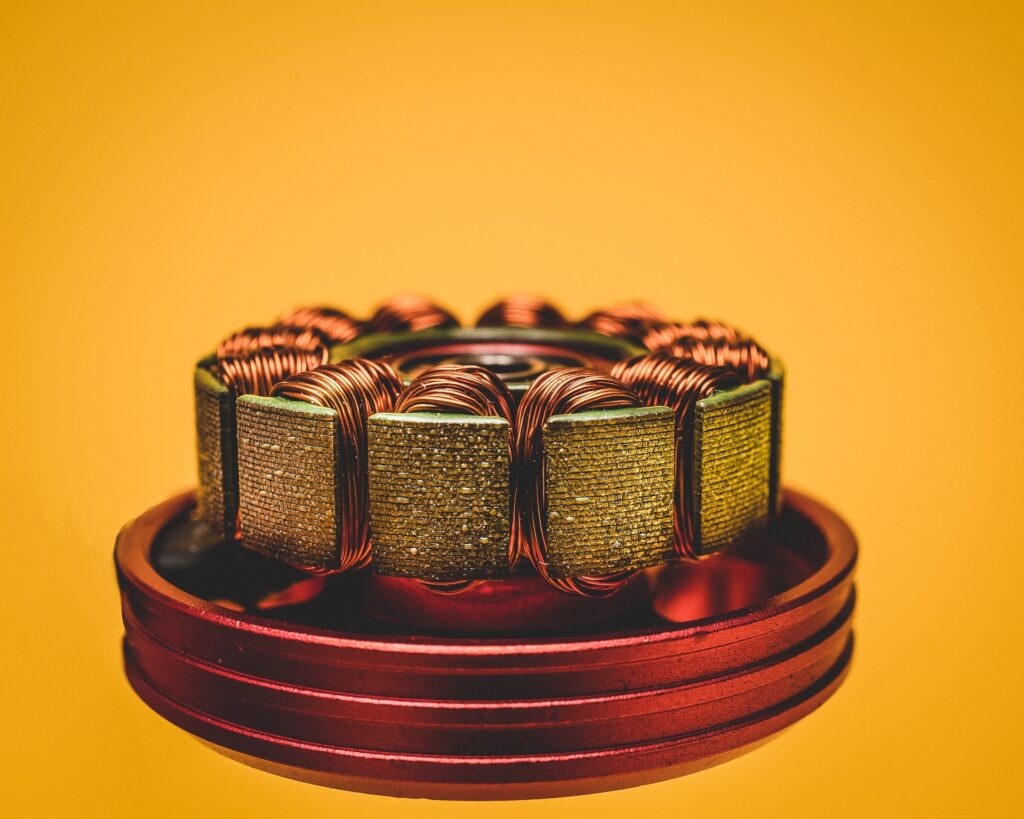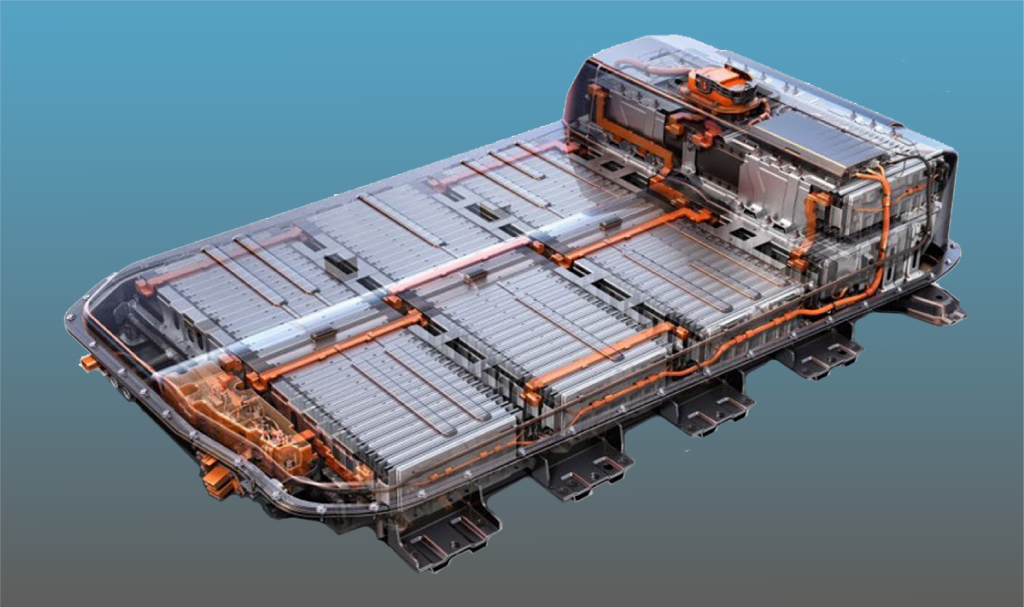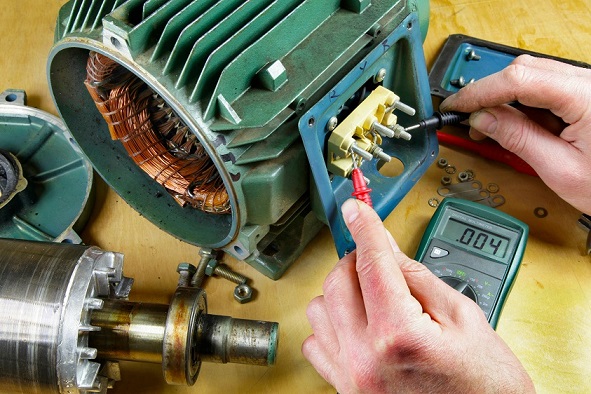The polarization index (according to IEEE 43-2000) represents one of the most significant parameters to monitor the health of an motor, with reference to the condition of its insulators.
It is directly related to the insulation resistance of the insulators themselves, defined as the resistance value of an insulator when subjected to a continuous electric field.





